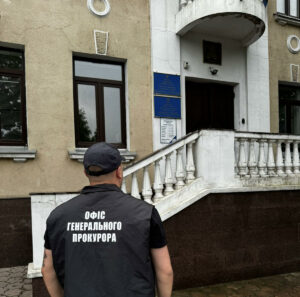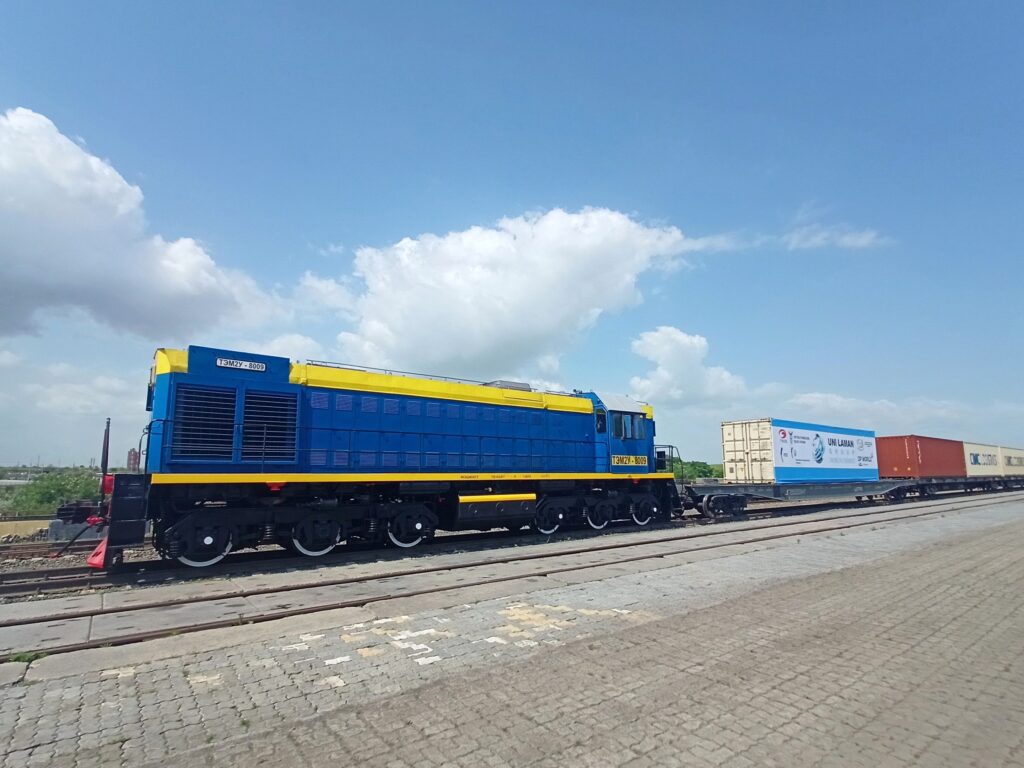Transfer of vessels between Ukrainian charterers. How to get around customs reefs?

Director of customs brokerage and consulting company Port Clearance
Alexander Gladilin
The signing of bareboat charters with non-resident vessel owners is a common practice among Ukrainian companies using sea and river vessels short-term for commercial activities in the internal waters of Ukraine. Most of the companies providing towing services in domestic ports follow this path. This practice is also widespread when carrying out cargo transportation along the Dnipro. The life of such business projects is often 1-2 years, which is why the parties regularly need to transfer chartered vessels from one resident company to another directly in Ukraine.
Of course, business problems with customs authorities on the transfer of vessels arise regularly. The current 2012 Customs Code of Ukraine, which was being prepared 10 years ago, does not meet the realities of today’s international maritime law. And these inconsistencies are “patched” by bylaws, or, even worse, by letters of clarification from the Customs Service, which do not put a lid on this or that issue.
Ukrainian companies that charter tugs, barges, dredgers and excavators from non-residents, as a rule, rent them for short projects, for example, for dredging in the seaport waters, for a period from a couple of months to one and a half years. For such cases, everything is clearly described in the legislation, and we will not find ambiguous interpretations. Thus, the Customs Code provides for a temporary admission regime with partial exemption from admission taxes, and Section 106 of the СCU (Customs Code of Ukraine) requires the payment of 3% of the total amount of taxes for each month of temporary admission, or, in other words, for each month the vessel is used in the waters of Ukraine.
However, charterers face difficulties with customs authorities after the completion of projects. In most cases, in order not to transfer a vessel to a port of another country, it is accepted by a non-resident ship owner from one charterer and placed at the disposal of a new charterer at the berth of the Ukrainian port. Naturally, in this case, the vessel does not cross the customs border of Ukraine, and it continues to be in the temporary admission regime.
Such a transfer of a temporarily admissioned vehicle is provided for in Section 109 of the CCU, and fully correlates with the provisions of Section 8 of the section “Transfer of temporary admission” of the Istanbul Convention on Temporary Admission. However, the provisions of another Section of the CCU (Part 7 of Clause 106) equate such a transfer to admission with the payment of the corresponding admission taxes and penalties. And here, in practice, a lot of discrepancies arise regarding the mechanism for paying taxes.
There is a clarification on taxation for such cases (letter of the State Fiscal Service of 05/22/2017 №12767/7 / 99-99-19-01-01-17 “On the calculation of the amounts of tax liabilities”). And this letter today is the only one that can somehow shine the light on this problem. It appeared with a good purpose – to regulate the procedure for extending the period of temporarily imported goods by dint of the payment of taxes on an additional customs declaration. However, being unregistered with the Ministry of Justice as a normative legal act, this clarification gave rise to assorted practice of its application in the regions.
Some customs, using the calculation of taxes in this letter, charge only duty and VAT, others are trying to charge a penalty as well. Among our cases, there are cases when customs tried to charge duty and VAT twice – not only to the previous lessee of vehicles, but also to the new one, completely ignoring the provisions of the Tax Code, which simply does not have such a norm regarding VAT!
There is no universal vaccine against this “disease” of the customs authorities. Our 11-year experience in the clearance of sea and river vessels in the ports of Big Odesa, Mykolaiv and Kherson shows that when the charterer applies for permission to transfer the vessel, they first flaunt and declare their desire to charge the maximum possible amount of taxes. The customs acts on the principle of “so that nothing happens”, charging in a disputable situation more taxes than it is required by law. Similar problems arise for railway transport operators leasing foreign wagons and open wagons of various types from non-residents in the near abroad.
However, if a company takes a principled position and declares a desire to pay only taxes provided for in Part 7 of Section 106 of the СCU, in most cases the customs retreat, realizing the futility of the initial requirements. Rarely, but it happens that the situation reaches an impasse, and then the only chance for the charterer not to overpay taxes to the budget is to receive individual tax advice or legal protection.
I am convinced that imperfect customs legislation has a detrimental effect on the work of Ukrainian companies operating foreign vessels or wagons on the territory of Ukraine, bringing them additional losses during customs procedures. The solution to the problem under discussion is very prosaic – to prepare amendments to the order of the Ministry of Finance dated May 31, 2012 № 657, having withdrawn the letter of explanation unregistered with the Ministry of Justice. But whether the State Customs Service will initiate these changes before the Ministry of Finance to simplify customs procedures for vessel charterers and wagon operators is a rhetorical question.





